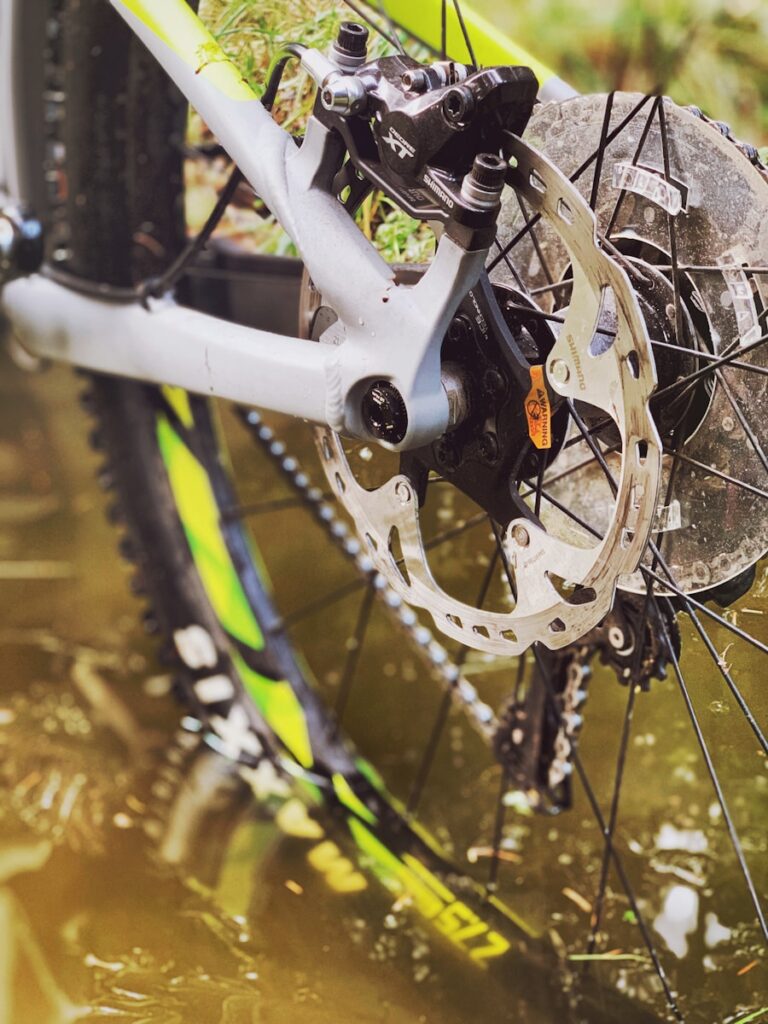When you're out on a road bike tour, a mechanical issue requiring a bike repair can quickly turn a dream ride into a frustrating ordeal. Knowing how to handle common problems and having the right tools can save your day. Here are some essential tips to fix your bike while on the road.
Essential Tools to Carry
Before we dive into the repairs, let's talk about the must-have tools you should always carry on your ride:
- Multi-tool: A good multi-tool is a cyclist’s best friend. It should include various Allen wrenches, a Phillips and flathead screwdriver, and a chain tool. This compact kit will help you with a range of adjustments and repairs.
- Spare Tube and Patch Kit: Flats are the most common issue you’ll face. Always carry a spare tube and a patch kit for multiple repairs.
- Tire Levers: These small but mighty tools make removing your tire much easier when you need to fix a flat.
- Mini Pump or CO2 Inflator: Re-inflating your tire after a repair is crucial. A mini pump is reliable, while CO2 inflators are quick and compact.
- Chain Quick Link: If your chain breaks, a quick link can help you get back on the road without too much hassle.
- Cash or a Card: Not exactly a tool, but in a pinch, cash can be used to boot a tire with a sidewall cut, or you might need it for an unexpected emergency.
Common Repairs and How to Fix Them
Now that you’re equipped with the right tools, let’s look at some common roadside repairs.
1. Fixing a Flat Tire
A flat tire is the most common issue you’ll encounter. Here’s a quick guide:
- Remove the wheel: Use your tire levers to get the tire off the rim. Start on the side opposite the valve stem.
- Inspect and remove the tube: Check the tire for any sharp objects, then remove the tube.
- Find the puncture: Inflate the tube slightly to locate the puncture. Patch it with your patch kit or replace it with a spare tube.
- Reassemble: Put the tube back in the tire, fit the tire back on the rim, and inflate it using your mini pump or CO2 inflator.
2. Adjusting Your Brakes
If your brakes are rubbing or not stopping you efficiently, you can adjust them with your multi-tool:
- Check the pads: Ensure they’re aligned with the rim and not worn out.
- Adjust the tension: Use the barrel adjuster to fine-tune the cable tension. If this doesn’t work, use your multi-tool to adjust the brake cable bolt to ensure the bike repair was successful.
3. Fixing a Broken Chain
A broken chain can seem like an end of the road situation, but it’s manageable with a chain tool and a quick link:
- Remove the broken link: Use the chain tool to push the pin out of the broken link.
- Install the quick link: Connect the ends of the chain with the quick link and ensure it’s properly seated.
- Check the repair: Pedal slowly and shift gears to make sure the bike repair is working smoothly.
4. Tightening Loose Bolts
A rattling bike is not only annoying but can also be dangerous. Here’s how to handle it:
- Identify the loose part: Inspect your bike and find the source of the rattle.
- Tighten it up: Use the appropriate tool from your multi-tool to tighten the loose bolt or screw. Common areas include the handlebars, seat post, and bottle cages.
Final Tips
- Practice at Home: Before hitting the road, practice these repairs at home. Familiarity will make roadside fixes faster and less stressful.
- Stay Calm: Mechanical issues can be frustrating, but staying calm and methodical will help you get back on the road more quickly.
- Ride with Friends: If possible, ride with others. Not only is it safer, but you can also share tools and expertise.
With these tools and tips, you’ll be well-prepared to handle most mechanical issues that come your way. Happy riding, and may your journeys be smooth and trouble-free!
